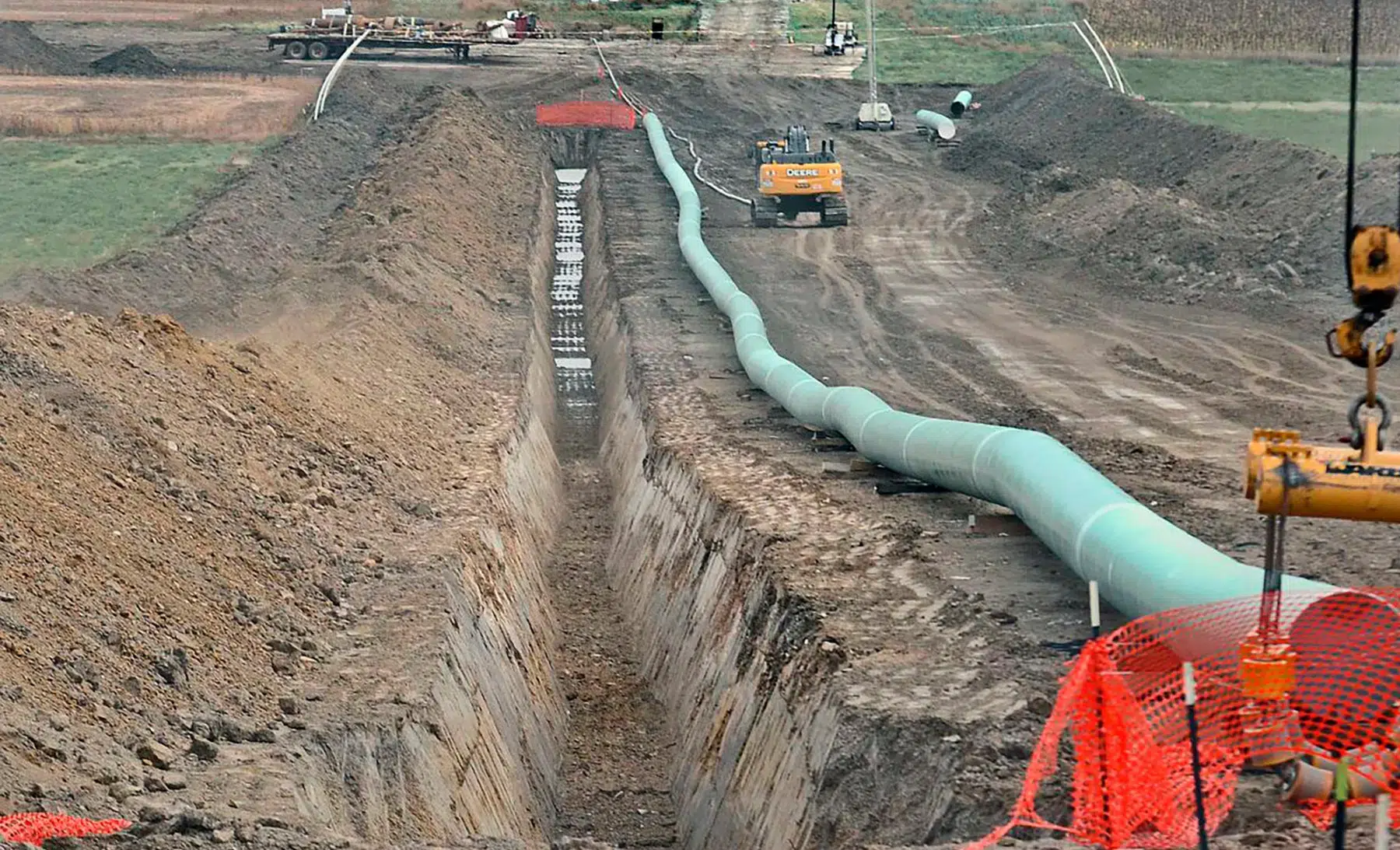
Automated Pipeline Inspection (AUT)
Public Pipeline
Active 2 months ago
Welcome to [NDT Inspection Portal]’s automated pipeline inspection group, a place for professionals... View more
Public Pipeline
Group Description
Welcome to [NDT Inspection Portal]’s automated pipeline inspection group, a place for professionals to connect and discuss the latest techniques and technologies in automated pipeline inspection.
Automated pipeline inspection is a specialized technique that involves the use of advanced sensors, cameras, and robotics to perform non-destructive testing (NDT) on pipelines. It is an important aspect of ensuring the integrity and reliability of pipelines in various industries, including oil and gas, water and wastewater, and transportation.
Automated pipeline inspection involves the use of specialized equipment and technologies to perform NDT on pipelines without the need for human intervention. This can improve the efficiency and accuracy of pipeline inspection and reduce the risk of human error. Automated pipeline inspection is often used in conjunction with other NDT methods, such as ultrasonic testing and radiographic testing, to provide a comprehensive evaluation of the pipeline.
Our member group offers a platform for sharing knowledge and best practices on automated pipeline inspection and its applications in various industries. Join our community of experts from around the world and be a part of the conversation on advancing the practice of automated pipeline inspection and its applications in the field of NDT and inspection. Whether you are new to automated pipeline inspection or an experienced professional, you’ll find valuable resources and a welcoming community in our group.
Reply To: AUT vs PAUT Hydroform
-
It is possible to see a defect with conventional AUT (single or duel element transducers) and miss it with PAUT.
Lets consider the differences in the two inspections:
AUT: One transducer size, with flat focusing being most common.
PAUT: Variable transducer size, with focusing.
Now lets consider the following scenario:
AUT: An inspection with a 6mm diameter Dual element transducer (14.13mm^2 active area) with no focusing is performed on a vessel with a nominal thickness of 22.5mm. The gain required to set the first backwall at reference may be quiet high, as this is a small transducer. This will make the chances of finding small inclusions, pin holes, and other small indications likely.
PAUT: A 64 channel probe is used with an aperture size of 12 elements. At 1mm pitch, this creates a 12mm X 7mm probe (84mm^2) or 594% larger square area than the duel element 6mm diameter probe. The backwall of the part will give a much higher amplitude signal than a point indication, as the gain required for reference will be low. Add to this the extra variable of focusing (in or out of focus ) and it may be even more difficult to see a point indication.
Please note that I am not saying that traditional AUT is more sensitive or more likely to find small indication. This is dependent on many variables and I beleive when PAUT is performed in optimal settings it has many advantages in comparison to traditional probes.
To directly answer your questions:
“My question-01: which data is reliable AUT or PAUT ?”
[Levi]- It is not possible to answer this without knowing the parameters of your inspection.
“Question-02: By using which technic we can get the actual & reliable data ?”
[Levi]- Both techniques can give you accurate and reliable data.